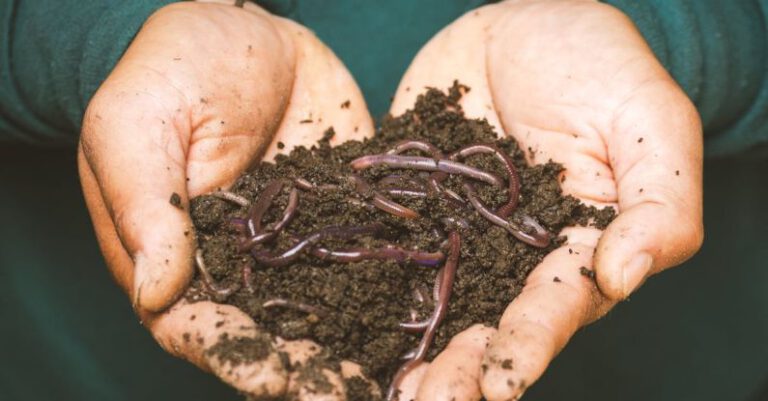How to Rotate Crops in Container Gardening to Maximize Yield?
Container gardening is a convenient and space-efficient way to grow plants, especially for those with limited outdoor space or poor soil quality. One key aspect of successful container gardening is the practice of rotating crops. Rotating crops in container gardening involves changing the types of plants grown in a specific container or location each season to maximize yield and maintain soil health. This article will explore the benefits of crop rotation in container gardening and provide practical tips on how to implement this technique effectively.
**Understanding the Benefits of Crop Rotation**
Crop rotation is a fundamental principle in gardening that has been practiced for centuries. By rotating crops, gardeners can prevent the buildup of pests and diseases that target specific plant species. In container gardening, where space is limited, crop rotation becomes even more crucial to maintaining the health and productivity of plants.
One of the primary benefits of crop rotation in container gardening is the prevention of nutrient depletion in the soil. Different plants have varying nutrient requirements, and planting the same crop in the same container season after season can lead to imbalanced soil nutrients. Rotating crops helps to mitigate this issue by allowing the soil to replenish nutrients naturally.
Additionally, rotating crops in container gardening can help break the life cycles of pests and diseases that may be specific to certain plant species. By varying the types of plants grown in a container, gardeners can reduce the likelihood of pests and diseases establishing themselves and spreading throughout the garden.
**Tips for Rotating Crops in Container Gardening**
1. **Plan Your Crop Rotation Schedule**: Before planting each season, create a crop rotation schedule to determine which plants will be grown in each container. Consider the nutrient needs of each plant, their planting depth, and their compatibility with other crops.
2. **Group Plants by Families**: To effectively rotate crops, group plants by their botanical families. Plants within the same family often have similar nutrient requirements and are susceptible to similar pests and diseases. By rotating crops within the same family, you can prevent the buildup of specific issues in the soil.
3. **Utilize Succession Planting**: Succession planting involves planting different crops in the same container throughout the growing season. This technique allows you to maximize space and harvest multiple crops from the same container. Rotate crops in succession to keep the soil productive and diverse.
4. **Incorporate Cover Crops**: Cover crops are plants grown specifically to improve soil health and fertility. Consider planting cover crops in between growing seasons to replenish nutrients and organic matter in the soil. Cover crops also help suppress weeds and prevent soil erosion.
5. **Monitor Soil pH and Nutrient Levels**: Regularly test the soil pH and nutrient levels in your containers to ensure they are within the optimal range for the plants you are growing. Adjust the soil pH as needed and supplement with organic fertilizers to maintain soil fertility.
**Maximizing Yield Through Crop Rotation**
By implementing a crop rotation strategy in your container garden, you can maximize yield, improve soil health, and reduce the risk of pests and diseases. Crop rotation is a simple yet effective technique that can benefit gardeners of all experience levels. With careful planning and attention to detail, you can create a thriving and productive container garden that yields bountiful harvests season after season. Happy gardening!






